“Journal of the Congress of the Confederate States of America 1861-1865” has been added to your cart. View cart

1920 Wall Street Bombing – FBI Files, Photos & Newspaper Coverage
$19.50
Category: Historical Files
Tags: fbi, FBI Files
Description
The Unsolved Wall Street Bombing of 1920
Pre-September 16, 1920:
- 1914-1919: A series of bombings attributed to the Galleanists, followers of anarchist Luigi Galleani, occur across the United States.
- Prior to September 16, 1920: A letter carrier discovers four crudely spelled and printed flyers in the Wall Street area from a group calling itself the “American Anarchist Fighters,” demanding the release of political prisoners. These flyers are noted for their similarity to those used in previous bombing campaigns fomented by Italian anarchists.
- Prior to September 16, 1920: Tennis champion Edwin Fischer sends warning postcards to friends, advising them to leave the Wall Street area before September 16.
September 16, 1920:
- About Noon: A man driving a horse-drawn carriage stops in front of the United States Assay Office, across the street from the J.P. Morgan building in the heart of Wall Street, New York City. The driver dismounts and quickly disappears into the crowd.
- Minutes Later: The cart explodes, causing a “hail of metal fragments.”
- Immediate Aftermath: The explosion kills more than 30 people and injures approximately 300.
- Investigation Begins: The New York City Police and Fire Departments, the Bureau of Investigation (BOI, predecessor of the FBI), and the U.S. Secret Service immediately begin their investigations.
- Initial BOI Investigation: The BOI interviews hundreds of people, but gathers little valuable information. Recollections of the driver and wagon are vague.
- NYPD Reconstructs Bomb: The NYPD successfully reconstructs the bomb and its fuse mechanism, though the nature of the explosive remains debated. All potential components of the bomb are found to be commonly available.
- Initial Suspects: Based on past bomb attacks, the BOI initially suspects followers of the Italian Anarchist Luigi Galleani, though he had already fled the country.
Post-September 16, 1920:
- September 17, 1920: The New York Times publishes its complete day-after coverage of the bombing.
- September 17, 1920 – January 1924: The BOI continues its investigation, documenting its efforts in 2,133 pages of files.
- Late September/Early October 1920 (approximate): The BOI investigation begins to stall as none of the victims are identified as the wagon driver.
- October 1920: Investigators determine the horse used in the bombing was newly shod and eventually locate the blacksmith who performed the work, but he provides little useful information.
- Undated (Post-bombing): Investigators question Edwin Fischer regarding his pre-bombing warnings. He states he received the information “through the air.” Authorities determine this is a regular habit for him and commit him to Amityville Asylum, where he is diagnosed as insane but harmless.
- Ongoing (Post-bombing): The BOI and local police conduct occasional arrests, but no evidence supports any indictments. The primary targets of the investigation are anarchists, communists, trade unionists, and members of the Galleanist group.
- November 1, 1921: The New York City Police Department releases its 429-page Annual Report for 1920. This report mentions the Wall Street bombing and repeatedly emphasizes the need for surveillance of anarchists, Bolshevists, and other “radicals,” advocating for secret police and a special squad to monitor these groups, especially in light of expected immigration.
- January 29, 1927: Nationwide newspaper coverage related to the bombing continues until at least this date.
- Ongoing (Decades later): The case is never officially declared solved. Subsequent analysis and evidence suggest that a small group of Italian anarchists (likely Galleanists) were responsible, aligning with the BOI’s initial suspicion.
Cast of Characters
- Luigi Galleani: An Italian anarchist whose followers, known as Galleanists (or Galleanisti), were initially suspected by the Bureau of Investigation of being responsible for the Wall Street bombing. He professed a message of “heroic violence in the face of capitalist oppression” and had fled the country by the time of the bombing. His group was believed to be involved in a series of bombings between 1914 and 1919.
- Edwin Fischer: A tennis champion who sent warning postcards to friends prior to the Wall Street bombing, advising them to leave the area. When questioned by police, he claimed to have received the information “through the air.” He was subsequently committed to Amityville Asylum, diagnosed as “insane but harmless,” as he had a regular habit of issuing such warnings.
- The Wagon Driver (Unidentified): The individual who drove the horse-drawn carriage carrying the bomb to Wall Street, stopped it in front of the U.S. Assay Office, and disappeared into the crowd moments before the explosion. Despite investigations, this person was never identified.
- “American Anarchist Fighters” (Unidentified Group): The name of the group that produced four crudely spelled and printed flyers found near the Wall Street area before the bombing. These flyers demanded the release of political prisoners and were noted for their similarity to those used in earlier Italian anarchist bombing campaigns. The printing of these flyers could not be traced.
- The Blacksmith (Unidentified): The individual who newly shod the horse used in the bombing. He was located by investigators in October 1920 but could not provide much information of value.
- The Letter Carrier (Unidentified): The individual who found the “American Anarchist Fighters” flyers in the Wall Street area prior to the bombing.
- Various Law Enforcement and Investigative Agencies:
- Bureau of Investigation (BOI): The predecessor to the Federal Bureau of Investigation (FBI), this agency played a central role in the investigation from September 17, 1920, to January 1924, maintaining extensive files.
- New York City Police Department (NYPD): Involved immediately in the investigation, successfully reconstructed the bomb, and later issued an annual report highlighting the need for surveillance of radicals.
- New York City Fire Department: Responded to the scene immediately after the bombing.
- U.S. Secret Service: Also involved in the initial investigation of the bombing.








Related products
-
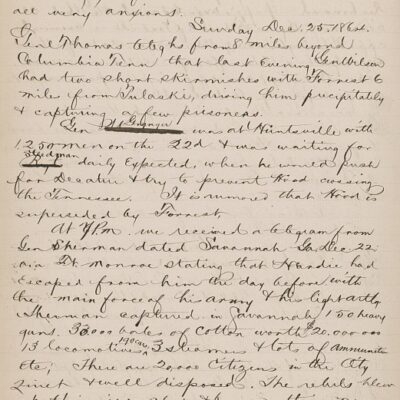
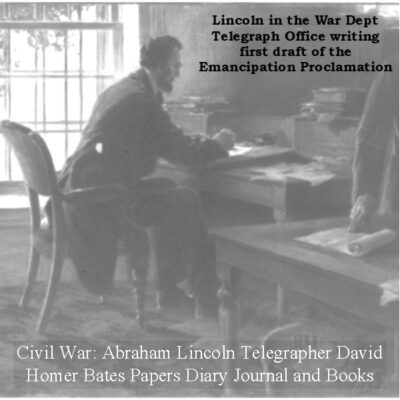
Abraham Lincoln’s Telegrapher David Homer Bates: Papers, Diary, and Books
$19.50 Add to Cart -
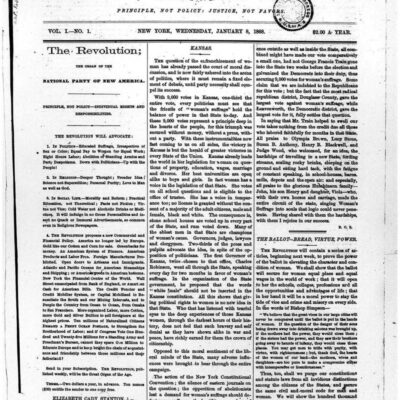
The Revolution Susan B Anthony Suffrage/Women’s Rights
$19.50 Add to Cart -
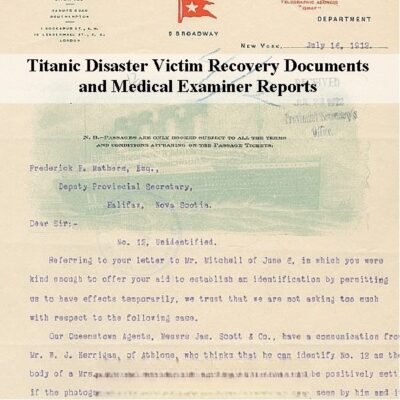
Titanic Disaster Victim Recovery and Medical Examiner Records
$19.50 Add to Cart -
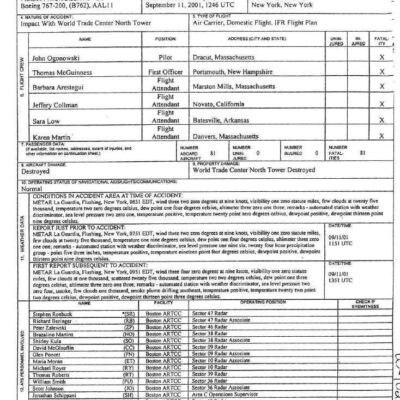
9/11 Terrorist Attacks: FAA & NTSB Documents
$19.50 Add to Cart